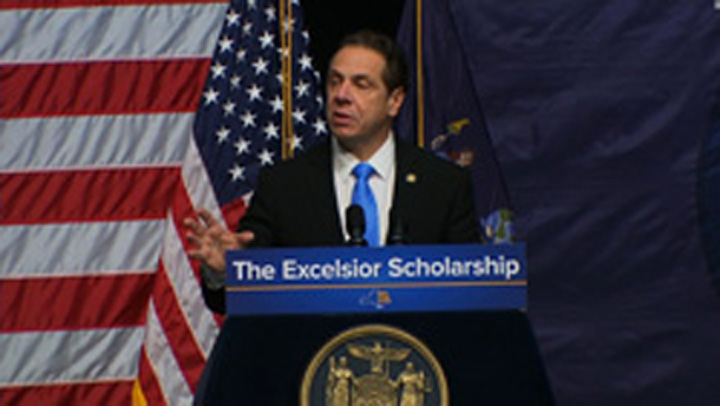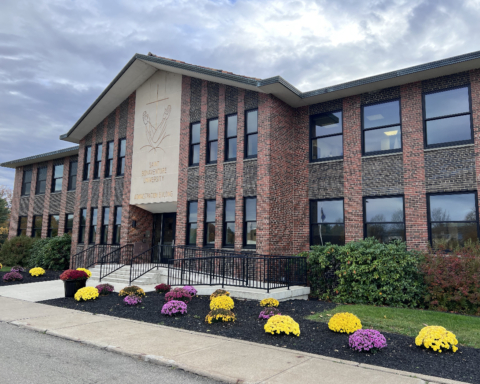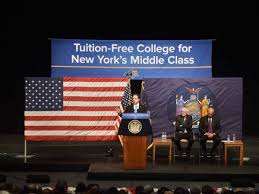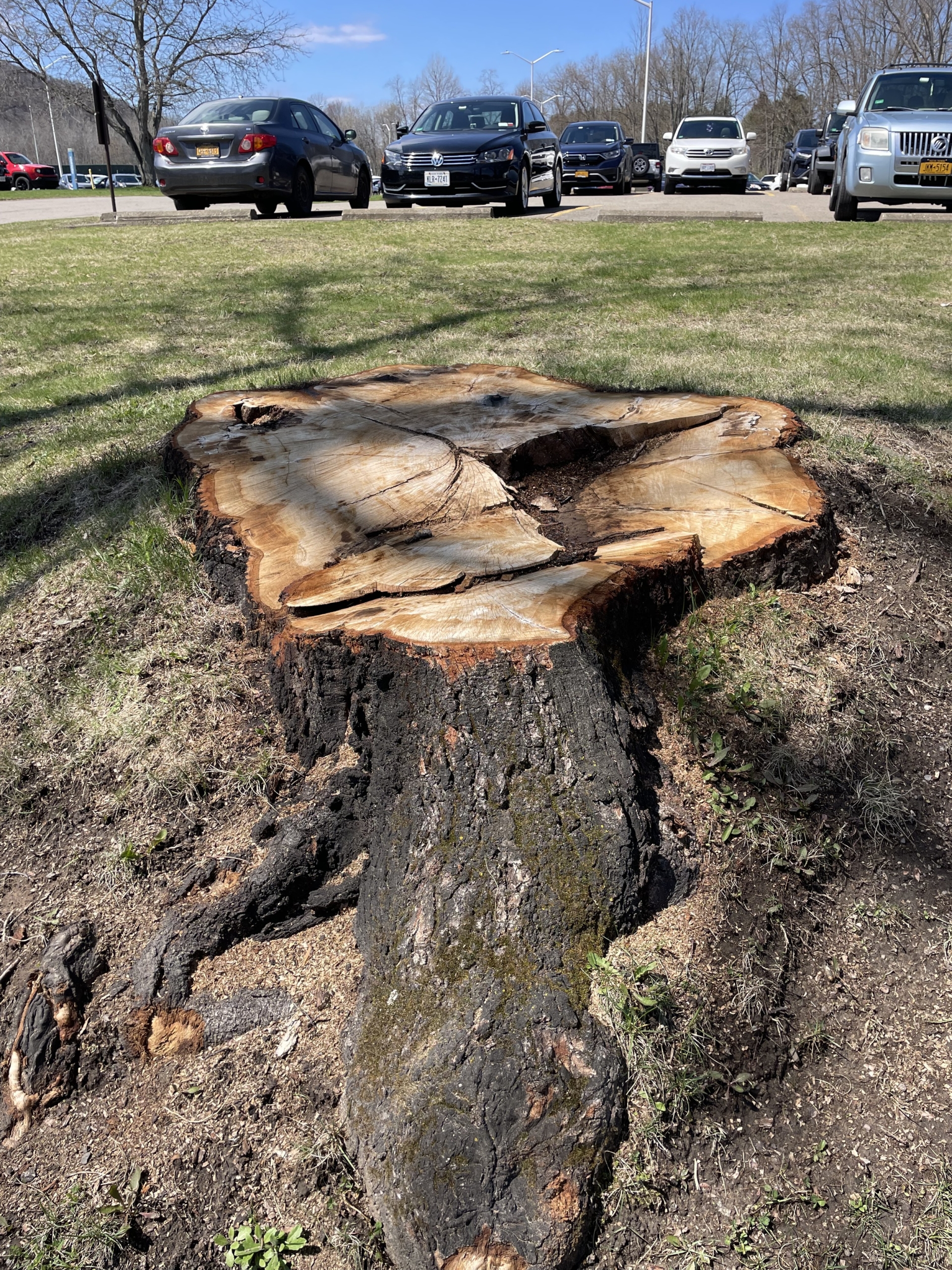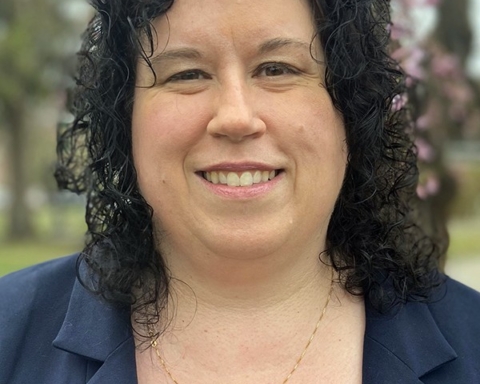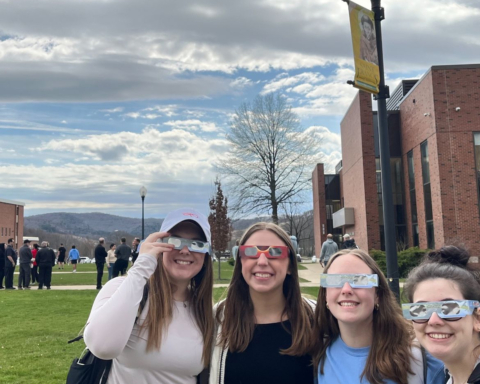By Julia Mericle
Editor-In-Chief
On the surface, free tuition is attractive to people, said Bernie Valento, vice president of enrollment. However, upon further examination, many concerns must be taken into consideration, he added.
Valento made this statement in regards to the Excelsior Scholarship program proposed by New York State Governor Andrew M. Cuomo earlier this month. The scholarship plans to make tuition free at all New York State public colleges and universities.
The first of its kind in the nation, the program aims to “help alleviate the crushing burden of student debt while enabling thousands of bright young students to realize their dream of higher education,” according to governor.ny.gov.
Valento spoke about St. Bonaventure, saying the university appreciates the fact that the governor is concerned about investing in college education, but wants students to have opportunities and access to any universities, not just public ones.
107 private colleges and universities and 87 public colleges and universities call the state of New York home. Troy Martin, director of financial aid, said he feels encouraged by the attention being given to raising college attendance, but hopes the governor will consider private schools, like Bonaventure, in his decisions.
“New York has this huge, rich, educational environment,” Martin said. “Every school is a little different, with different programs, public and private, different majors.”
Both Valento and Martin hesitated to believe that the governor’s plan, if put into action, would be able to sustain itself down the line.
For the state to educate a student at a private college through taxpayer money it costs an average of $650, while it costs $8,860 at a public college, said Valento. This is due to the large amount of fundraising and philanthropy that private schools rely on.
Considering the fact that 51 percent of students enrolled in undergraduate programs are currently attending private schools, the influx of students this proposed plan could push toward public state school enrollment could have the unintended consequence of increased cost to the taxpayer, Valento said.
For reference, the cost of tuition and fees at St. Bonaventure University for the 2016-17 academic year is $32,331. The cost of tuition and fees at the University of Buffalo, one of the public state universities, for the same year for in-state students is $8,426.
Valento and Martin admitted that they do not know every detail of the proposal, but agreed the anticipated $163 million that it would add to state tax dollars sounds low when considering the number of students who would be eligible for the benefit.
The proposed plan, which would make students in families that earn an income of up to $125,000 a year eligible for free tuition, is geared toward the middle class, said Martin.
Therefore, the proposed plan does something Bonaventure and other private universities are already doing, according to Martin, when they provide scholarships and need-based aid to this group of people.
Martin said the scholarships would not help out lower income families any more than the financial aid services already in place.
Currently, at state universities, low-income students can almost entirely cover tuition and fees with federal and state aid, such as Pell grants and TAP (tuition assistance program), he said.
Senior Samantha Harrienger agreed with a concern voiced in a The Buffalo News story that questions the benefit of using limited resources to assist a large spectrum of families, many of whom have the capability of paying for college, rather than targeting more aid toward lower income families.
Even though free tuition might make it seem like lower income students are going to have a much easier time attending college, said Harrienger, an education major, she thinks the increased taxes it will put upon families, and the jobs they will need to get to pay for those taxes in return, will not allow the free tuition to have its intended effect.
Additionally, the fees, room and board that students would still be required to pay would likely cause many students to still need to borrow money, said Martin.
However, Valento said he does not think these loans are as crippling to students as Cuomo seems to. He said the student loan crisis is “blown out of proportion,” and 40 percent of the student loans people talk about are at the graduate level. He added that students who complete their degrees successfully earn about 70 percent more that students who have high school education and make close to a million dollars more over their lifetimes.
“Unfortunately, the media has played up student debt like it’s a bad thing. It is actually good if you get your degree, if you work hard and follow through in employment. You can increase your income by nearly a million dollars,” Valento said. “That is a heck of an investment. It is less expensive than buying your first car.”
Martin agreed and said while keeping indebtedness to a minimum is the priority, an investment in education will pay dividends for the rest of a student’s life.
“So, if you are ever going to borrow for anything, you know, a car is going to rust whereas as education is going to last forever,” Martin said.
At Bonaventure, about 75 percent of the student body will graduate with some indebtedness, he said. The students who borrow will owe an average of $30,000, which is typically paid off within ten years.
In a The Buffalo News story, Cuomo said college education is a necessity, rather than a luxury in today’s economy, explaining that within the next seven years, 3.5 million new jobs in the state are expected to require an associate’s degree at minimum.
Valento, Martin and Harrienger agreed college is not for everyone.
“My brother went to college for two years and just messed around and ended up failing out because it just wasn’t for him,” Harrienger said. “And now he has a really good job, he is making really good money and it is a trade. He is doing electrical work.”
She said she thinks the push toward such a college-driven society undermines the jobs that other people are doing and sends the message that if you don’t have a degree you are worthless.
“I worked at fast food places with people who didn’t ever graduate from high school, but they serve coffee to people in the morning,” Harrienger said. “Their job is just as integral to our society as my job will be as a teacher.”
The free tuition proposition, which will likely shift much enrollment from private colleges to public colleges, must also take into consideration the effect the potential loss of some of the smaller, private schools will have on communities throughout the state, Valento said.
Many of these private schools are major economic drivers in their areas. St. Bonaventure has a $141 million economic impact on the surrounding area, said Valento. He said this number is derived from the hundreds of people Bonaventure employs, admissions to the Reilly Center and Quick Center and visitors who spend money at local hotels and restaurants to name a few.
Harrienger said that if she were a high school senior looking into colleges today, she wouldn’t come to Bonaventure if she got free admission to a state school, but in reality doesn’t believe in the proposed plan.
“I love the idea of giving to charity, but I like the idea of doing it because you want to, not because we are being forced to,” Harrienger said. “And I think that is why it would cause such an uproar, because people feel like ‘Oh well now I am being forced to pay for this person to go to school’ instead of them wanting to help because they actually intrinsically want to.”
Valento, Martin and Harrienger agreed that despite the immediate attractiveness that Cuomo’s free tuition plan proposes, there are many concerns that need to be considered to avoid unintended consequences.
Martin said the diversity of private and public schools remains important, and there are ways to improve student debt problems without the proposed plan in place.
“New York has this huge educational mix which is great for the state and instead of providing free tuition for just the public sector, I would like to see the state investing in all students,” Martin said. “Perhaps increasing the TAP program or other incentives to encourage students to attend the school that is the best fit for them, that best meets their needs, regardless of whether it is a public or private school. Private [colleges] provide a lot of richness to the state, and I would hate to have that harmed in any way.”
mericlje13@bonaventure.edu

